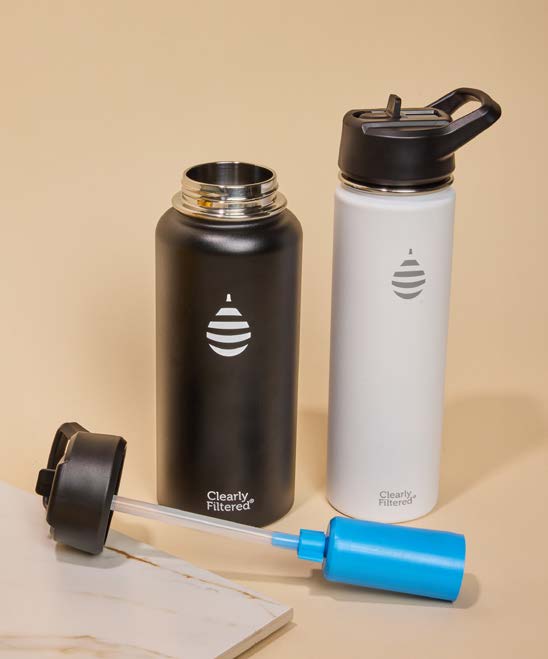Listen to Ivelisse Page speak with Jamison Dye, the founder of The Cancer Box. In this video, we delve into her Ivelisse’s journey of overcoming cancer not just once but twice. Her story is a testament to resilience, faith, and the power of a holistic approach to healing.
A Mother’s Journey
Ivelisse, a busy mom of four, initially dismissed her fatigue as the result of a hectic lifestyle. However, her family’s history of colon cancer prompted her to seek medical advice. Despite regular check-ups, she received a stage four colon cancer diagnosis at the age of 37. The fear of losing her battle, coupled with the echoes of her father’s cancer experience, fueled her determination to fight.
A Powerful Movement
Turning adversity into a powerful movement, Ivelisse became the co-founder and executive director of Believe Big. This organization aims to provide support, resources, and a personalized approach to cancer treatment, emphasizing the integration of modern science and ancient therapies. Ivelisse’s journey also led to the establishment of the Believe Big Institute of Health, focusing on individualized care.
The Healing Journey
Ivelisse’s healing journey involved surgeries, mistletoe therapy, and a deep exploration of emotional and spiritual aspects. Choosing not to undergo chemotherapy and radiation, she relied on alternative therapies and experienced the support of a community that rallied around her. Her faith played a pivotal role, guiding her through moments of fear and leading to profound self-discovery.
Ivelisse’s story demonstrates that a personalized, holistic approach to cancer treatment can yield positive outcomes. Her commitment to helping others facing similar challenges led to the creation of Believe Big, a beacon of hope for those navigating the complexities of cancer. As we celebrate Ivelisse’s victories over cancer, we also acknowledge the importance of individualized care, faith, and community support in the healing journey.
Listen to the full video below:
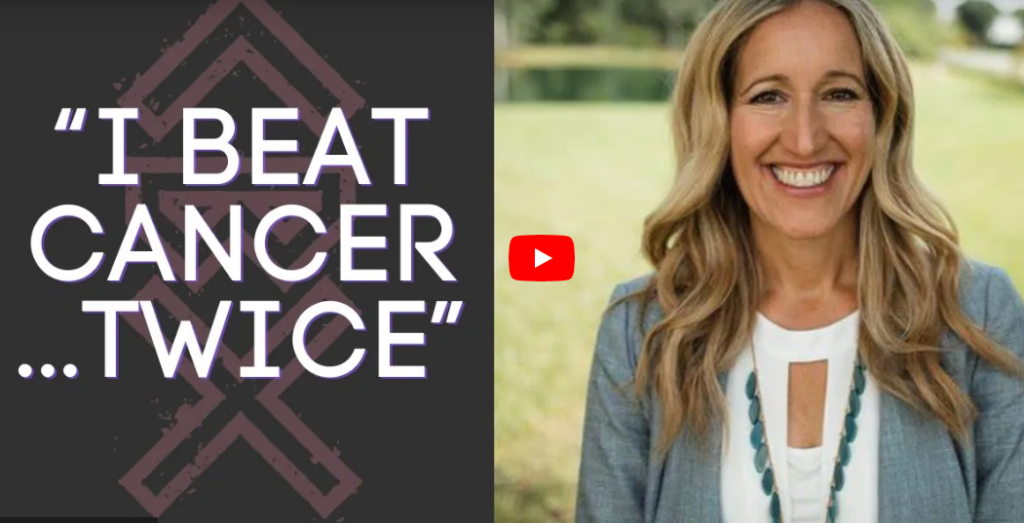









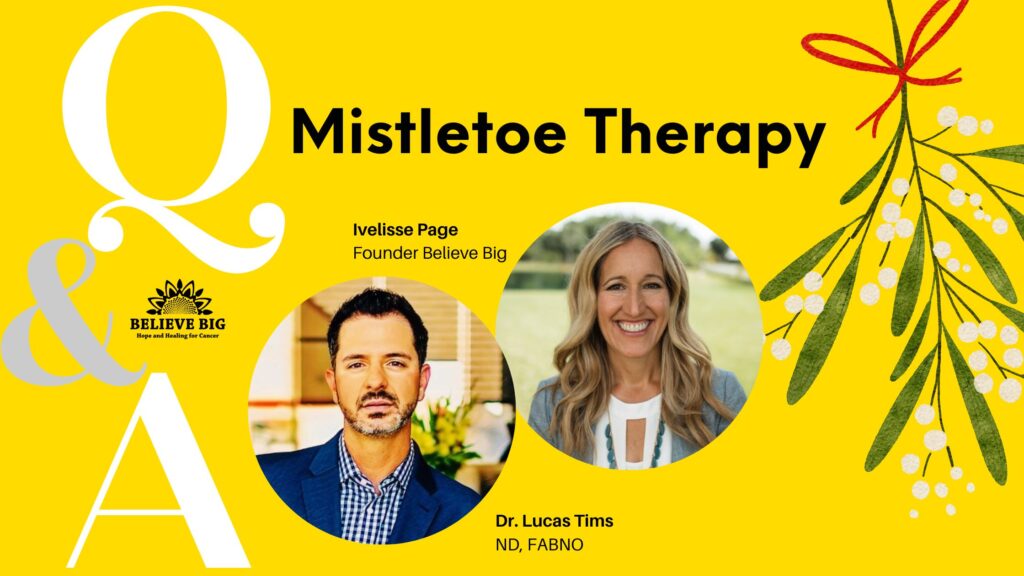

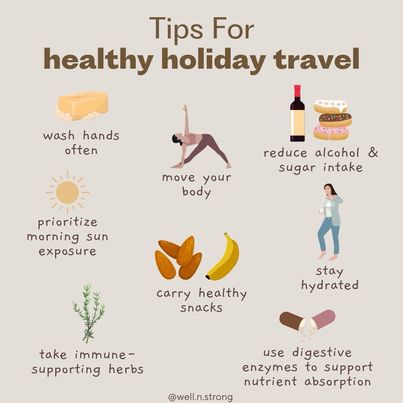
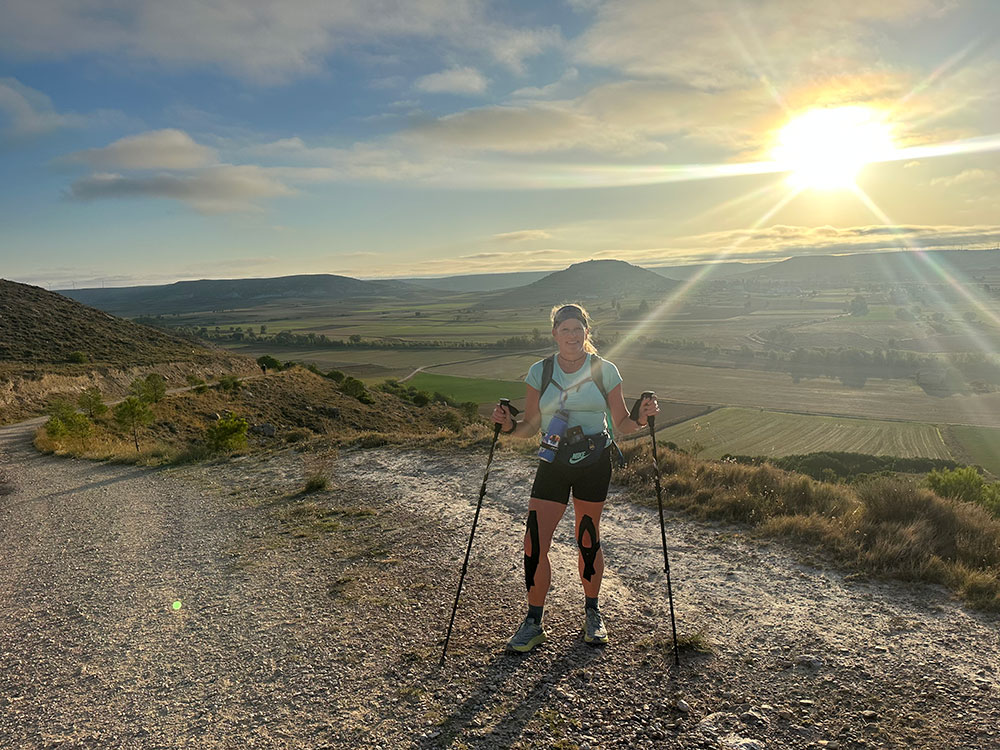
 Cari’s Story:
Cari’s Story: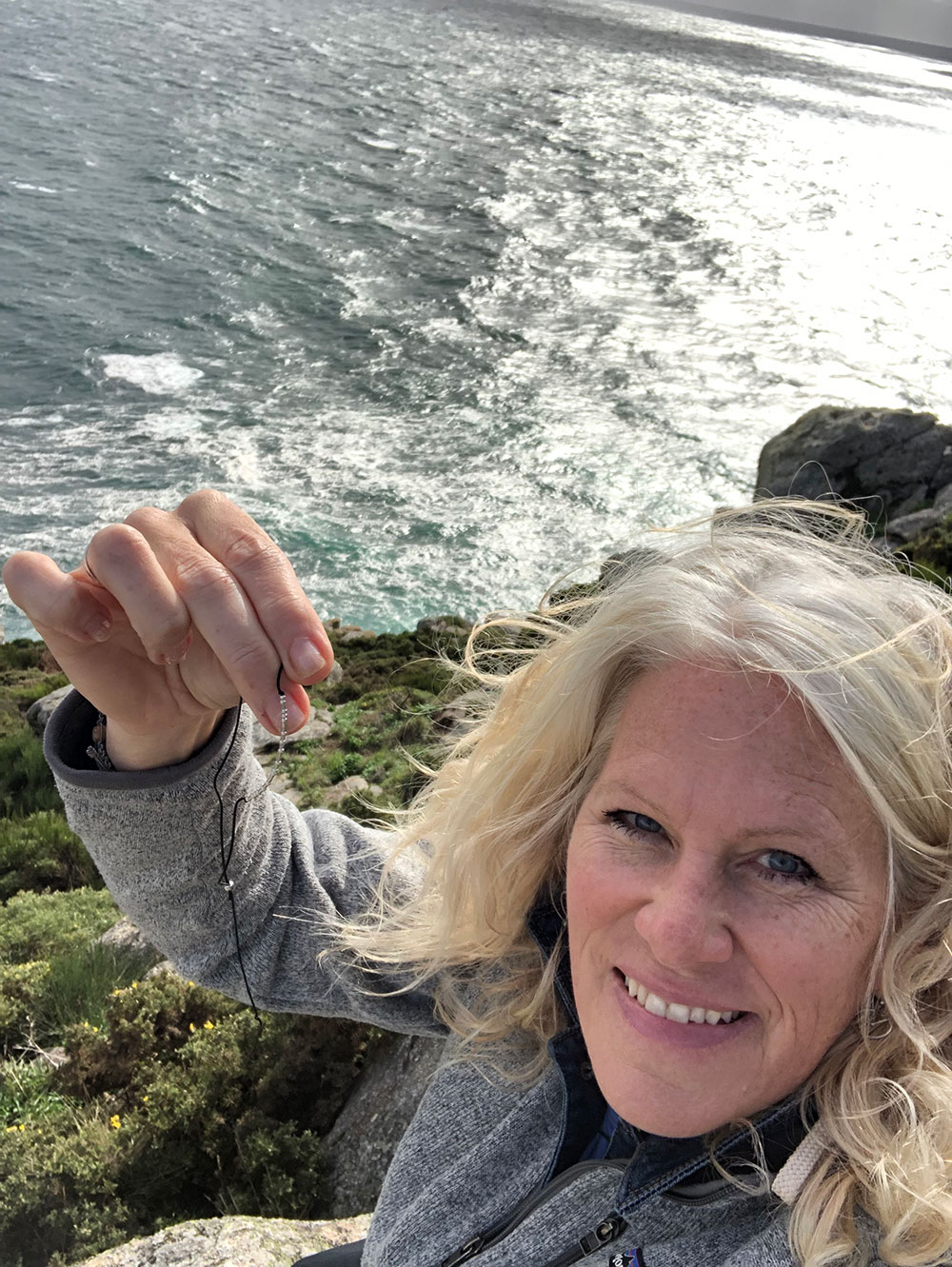 Then a healing, a burial and freedom. At the bottom of the cross I found a white heart-shaped rock and then almost daily I found more heart shaped rocks. It was a sign of love and healing to me. At Finisterre, I knew what I was to release at “the end of the earth.” My friend gave me a silver bracelet that said “fuck cancer” in morse code. I had worn it daily for over a year. While on Camino, I realized the word “fuck” is associated with anger and I no longer wanted to carry anger in my heart towards cancer. So I threw the bracelet off a huge rock into the sea and symbolically let the anger associated with cancer go! As I was leaving, I looked back to the place I threw the bracelet to the sea and with tears in my eyes realized I was standing on an enormous heart shaped rock~the biggest one I have ever seen! The Camino changed my life, not my circumstances. Things at home are the same, but I’ve changed, so everything changes! Broken trust and intuition restored and so much more! The shroud is off and I am continuing to look for the signs along the way in life. The Camino is in your heart and not a destination. Buen Camino ya’ll. With love and gratitude, Cari Cash, Harrisburg, PA, USA
Then a healing, a burial and freedom. At the bottom of the cross I found a white heart-shaped rock and then almost daily I found more heart shaped rocks. It was a sign of love and healing to me. At Finisterre, I knew what I was to release at “the end of the earth.” My friend gave me a silver bracelet that said “fuck cancer” in morse code. I had worn it daily for over a year. While on Camino, I realized the word “fuck” is associated with anger and I no longer wanted to carry anger in my heart towards cancer. So I threw the bracelet off a huge rock into the sea and symbolically let the anger associated with cancer go! As I was leaving, I looked back to the place I threw the bracelet to the sea and with tears in my eyes realized I was standing on an enormous heart shaped rock~the biggest one I have ever seen! The Camino changed my life, not my circumstances. Things at home are the same, but I’ve changed, so everything changes! Broken trust and intuition restored and so much more! The shroud is off and I am continuing to look for the signs along the way in life. The Camino is in your heart and not a destination. Buen Camino ya’ll. With love and gratitude, Cari Cash, Harrisburg, PA, USA

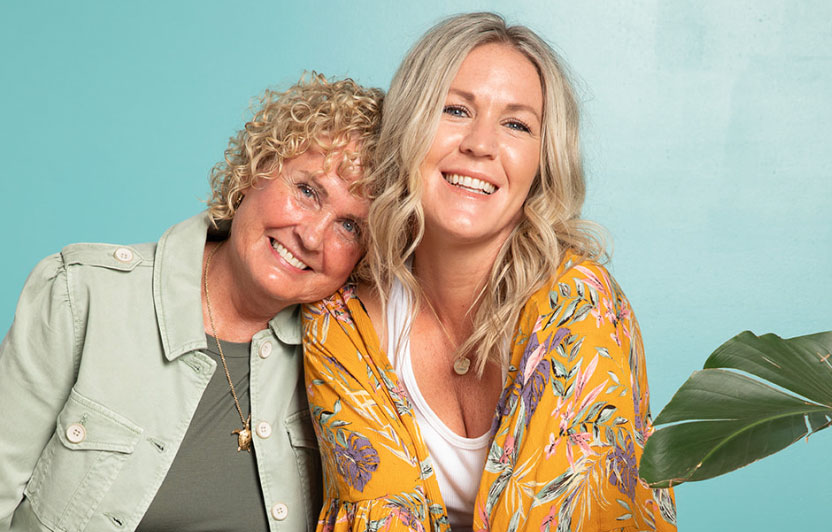
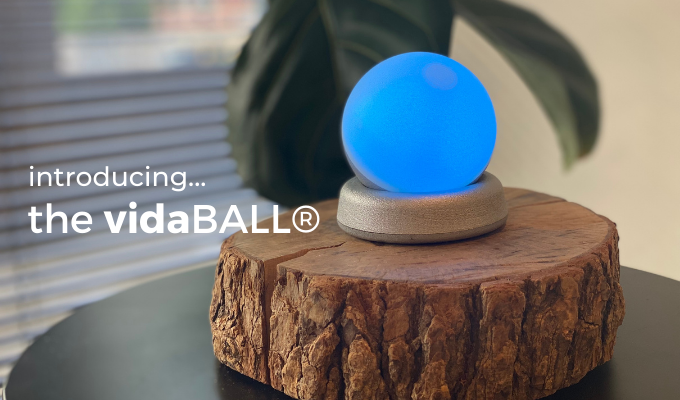
 The VitaBall:
The VitaBall:




